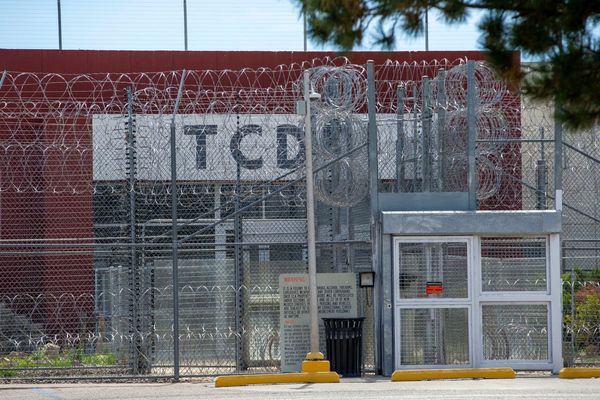
July has favored the US corn crop, with below-normal daytime temperatures and cooler nights reducing plant stress. Ample soil moisture compared to last year across the corn belt has further supported crop health. These favorable weather conditions have mitigated many potential risks to the crop, supporting the USDA increase in the 2024-25 US corn planted acres by 1.5 million acres while holding the corn yield to 181 bushels per acre. The good news is that the pollination period for corn is more than halfway through, but the bad news for producers is that the increase in new corn supply and carry-over corn stored on farms may lead to even lower prices.
Will a reasonable pollination period be more bad news for corn prices?
While mild weather in July supported the critical pollination period of corn, the possible increase in corn production will add to the already burdened prices as corn stocks on farms have only slightly decreased from the June USDA reported number near 3 billion bushels, the most since the 1980s. As the harvest season approaches, many farmers will be pressed to sell stored corn to make room for the new crop arriving in the fall. With so much unpriced corn stored on farms, price rallies in corn will be met with aggressive selling.
China is a large importer of US corn, but due to its slow economy and competition from Brazil, the second largest producer of corn behind the US, it will create export problems, leaving a lot of corn in the US.
The Technical Picture

Source: Barchart
Today, corn is making a new price low from the spring highs. The December contract traded to a low of $3.97 on the last trading day of July, breaking out of the July trading range of $4.26 to $4.03. Some analysts comment that corn prices are oversold and due for a rally. While this may be the case, the downtrend remains intact. Year-to-date corn prices are down 20%.
The Commitment of Traders (COT) Report

Source: CMEGroup Exchange
Reviewing the recent COT report for positions as of July 23, the end users and processors (blue bars) have been buying corn as prices declined. They are long as the producers (red bars) cannot sell at higher prices (yellow line). The buying is not aggressive enough to stop the downtrend, as it appears the buyers are buying corn as needed and not for long-term use.
Producers need a price rally similar to the May timeframe to sell into, not necessarily back to those price levels, but a price rally. As the price (yellow line) increased, the producers selling (red bars) became more aggressive.
While prices remain below the average production cost of just above $5.00 per bushel, farmers struggled to price their corn stock as we compare their short positions this year to last year and see 175K fewer short positions by the farmers. There will be pressure to move this corn to the market for farmers with limited storage capability.
Seasonal Pattern

Source: Moore Research Center, Inc. (MRCI)
MRCI research over the past 15 years (black line) and the 5-year (red line) shows that we are approaching a time when the corn market experienced sideways trading before a post-harvest rally near the end of September.
The fundamentals of the corn market are more bearish than usual and perhaps not well represented over the past 5 or 15 years of historical data. The grain markets are driven by supply and demand, and the research above could be experienced, but with the bearish fundamentals, we could also see much lower prices. All seasonal patterns should be approached with caution and not mindlessly taken. Price action will determine which pattern the corn market will follow.
The downtrend in prices supports lower corn prices. If the trend turns sideways, we may witness the seasonal picture shown on the graph. With so much corn lying around and the upcoming harvest, I would suspect that the typical post-harvest rally will be extremely limited compared to previous years.
In closing…..
The July weather has been favorable for the US corn crop, with cooler temperatures and ample soil moisture helping to mitigate risks and support crop health. The USDA has responded by increasing the 2024-25 corn planted acres by 1.5 million, maintaining an estimated 181 bushels per acre yield. While these conditions have ensured a smooth pollination period, they also contribute to an increased corn supply, which could pressure prices even lower, combined with large carry-over stocks.
As the harvest season nears, the market faces challenges from a potential surplus, especially with significant stocks still held on farms. The situation is compounded by China's slowed economy and competition from Brazil, potentially reducing export opportunities for US corn. The technical outlook shows corn prices breaking new lows, with a year-to-date decline of 20%. Despite some end-user buying, the downtrend persists, and farmers may struggle to achieve profitable prices, especially with bearish market fundamentals. The seasonal patterns suggest a post-harvest rally, with abundant supply likely capping any significant price increases.
On the date of publication, Don Dawson did not have (either directly or indirectly) positions in any of the securities mentioned in this article. All information and data in this article is solely for informational purposes. For more information please view the Barchart Disclosure Policy here.






